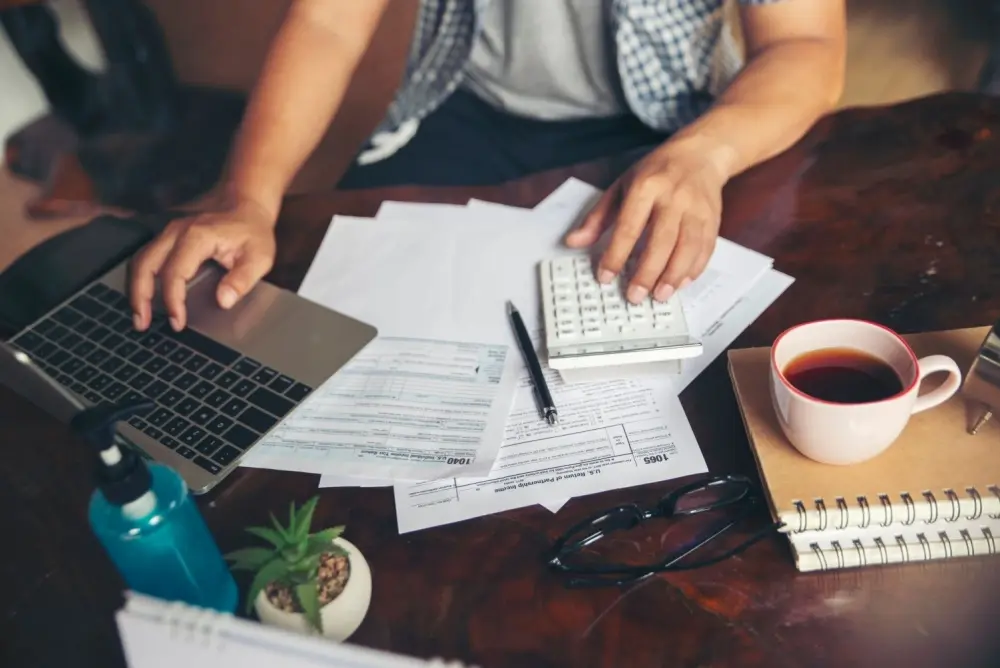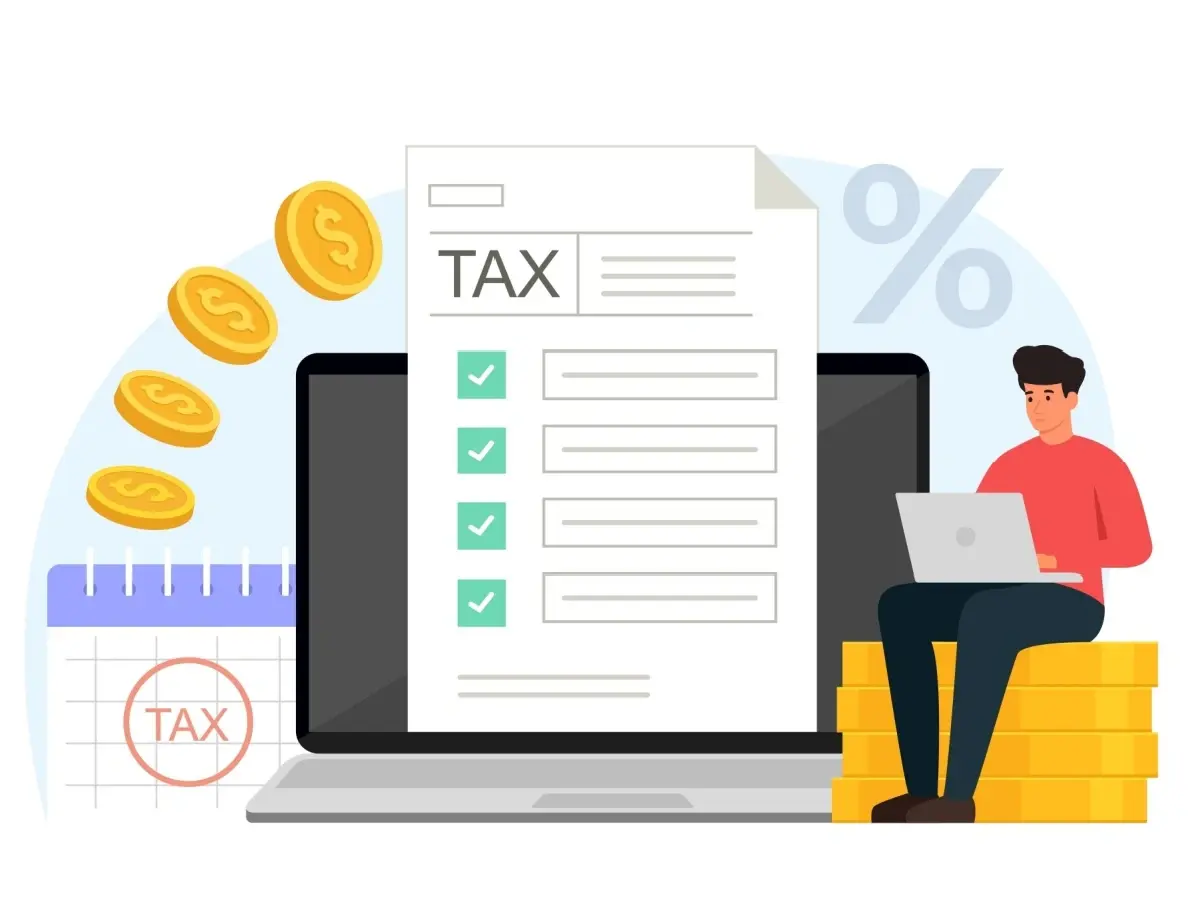To qualify for the 179D deduction, a building must meet the energy-efficiency standards established by the American Society of Heating, Refrigerating, and Air-Conditioning Engineers (ASHRAE). These standards are designed to enhance energy efficiency in three key areas
179D Tax Deduction
What is 179D Tax Deduction?
The 179D Tax Deduction incentivizes energy efficiency in commercial buildings by offering a federal tax deduction of up to $5.00 per square foot. This program encourages businesses to reduce their energy consumption and environmental footprint while reaping financial benefits.
From newly constructed buildings to energy-efficient retrofits, the deduction can amount to serious savings—all while contributing to sustainability goals.
Key benefits include:
- Significant tax savings: Reduce tax liability on energy-efficient upgrades or construction.
- Cost offsets for green initiatives: Invest in sustainable building practices without breaking the bank.
Who Qualifies?

How We Can Assist Tax Audit Firms
We deliver high-quality energy models in the shortest timeframe, ensuring they meet the required standards. Additionally, we support tax audit firms with thorough documentation related to the energy modeling and energy savings. We simplify the compliance processes and help achieve energy-related deductions or credits.
What Types of Buildings Qualify for the 179D Tax Deduction?
Commercial Buildings
- Office Spaces
- Retail Buildings
- Warehouses
Residential Buildings (Over 4 Stories)
- Apartment Complexes
- Student Housing
- Assisted Living Facilities
Public Buildings
- Government Facilities
- Schools and Universities
- Libraries
If you're unsure whether your building fits these categories, our expert team can guide you through the qualification process!
Get In Touch
What Energy-Saving Measures Are Eligible for the 179D Deduction?
1. Building Envelope
Improve energy retention with systems like:
- Enhanced insulation
- Low U-factor windows
- Radiant barriers
2. HVAC Systems
Upgrades may include:
- High-efficiency heating and cooling units
- Energy recovery systems
- Smart thermostats for optimized performance
3. Interior Lighting Systems
Save energy with:
- LED lighting installations
- Daylight response controls
- Occupancy sensors
What documentation is required to claim the 179D Tax Deduction?

To claim the deduction, precise documentation is crucial. Here's what you'll need:
- Energy Analysis Report confirming compliance with ASHRAE standards.
- Building Plans including mechanical, electrical, and architectural drawings.
- Certification by a Qualified Professional attesting the building meets energy efficiency requirements.
- Detailed expense records for eligible systems and materials.


Who Qualifies?

The 179D Tax Deduction is available to a variety of professionals and property owners who integrate energy-efficient systems into their commercial buildings.
- A Commercial Property Owner upgrading or constructing energy-efficient properties.
- Architects, Mechanical Engineers, Electrical Engineers, and other designers of tax-exempt buildings.
How NY Engineers Can Help You Maximize Your 179D Tax Deduction
When it comes to claiming the 179D tax deduction, precision and compliance are critical. At NY Engineers, we specialize in providing detailed energy analysis reports.
Why Choose NY Engineers?
- Our team of certified engineers is experienced in conducting energy modeling that complies with IRS-approved standards, such as EnergyPlus and DOE-2.
- We deliver accurate energy simulations to ensure your systems meet or exceed the required energy efficiency thresholds.
- We deliver accurate energy analysis reports at a competitive cost, ensuring you maximize your 179D tax deduction without overspending. Our streamlined processes and advanced tools reduce project timelines, saving both time and money. Trust us for high-quality results that are as cost-efficient as they are precise.
